Across the country, homes are leaning back toward age, texture, and story. Antique furniture offers a steadier rhythm than mass market trends, inviting rooms to grow richer instead of outdated. The pull is equal parts ethics and emotion: fewer new resources used, more meaning brought home. As families inherit or discover pieces, they also find local craftspeople who can repair, refinish, and reupholster. The result is comfort with personality, a lived in elegance that feels grounded and humane. Materials already mined and milled keep serving, and rooms gain the kind of patina that settles the mind.
Sustainability Comes First

Antiques extend the life of materials already harvested and milled, easing pressure on forests, factories, and freight. Choosing a walnut sideboard from 1920 prevents another unit from entering a production line. Repairs require far less energy than new manufacture, and finishes can be low VOC. When pieces travel short distances, the carbon math improves quickly. The outcome is less waste, more stewardship, and a home that wears its values without noise.
Craftsmanship That Holds Up
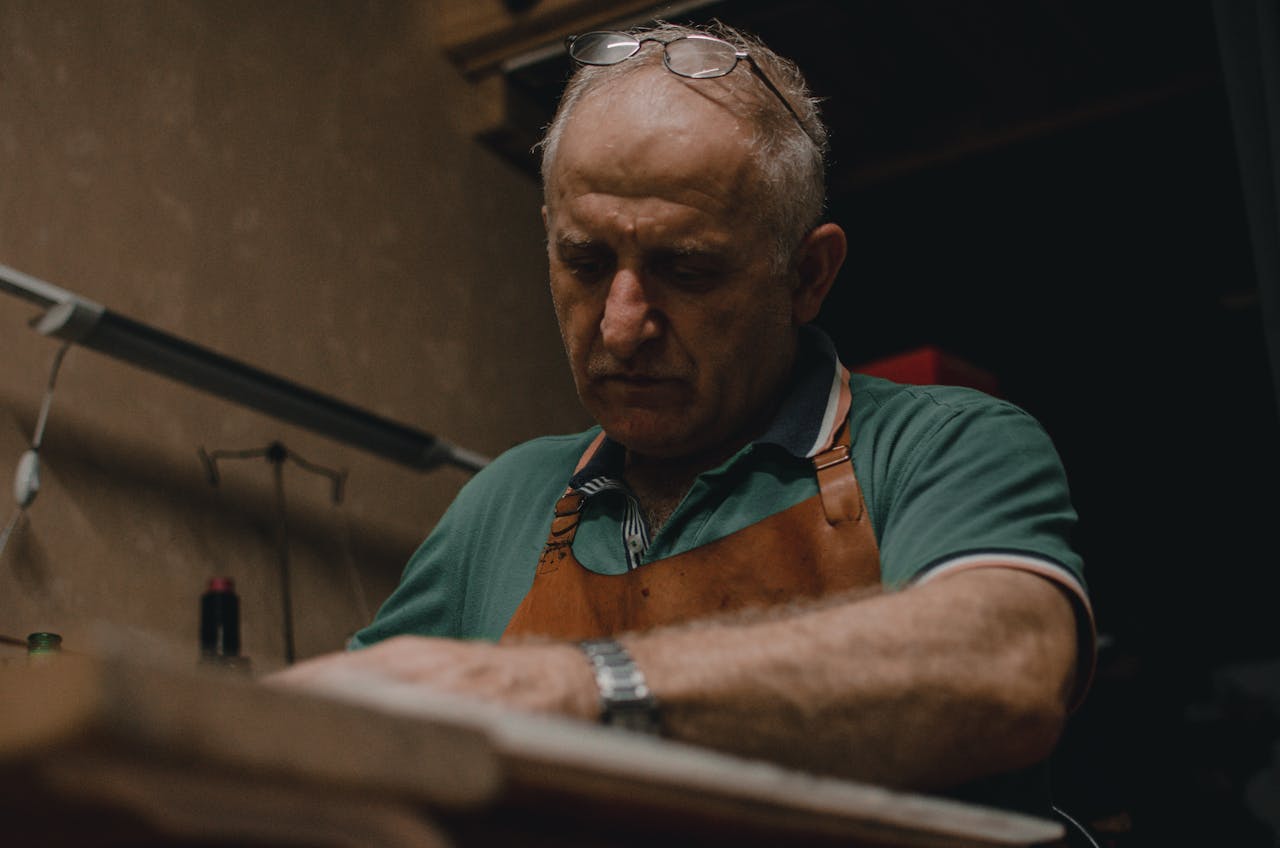
Many antiques were built in eras when joinery mattered more than speed. Dovetails, mortise and tenon, and kiln dried boards keep drawers gliding and tables steady. Brass hardware, real veneers, and hand turned legs still work as intended after decades of use. Skilled restorers can tighten joints and revive finishes without erasing patina. The result is furniture that feels substantial, behaves reliably, and rewards close attention in daily life. Many pieces even invite upgrades like felted guides or reversible cushions, letting comfort improve without losing the soul.
Character No Factory Can Fake
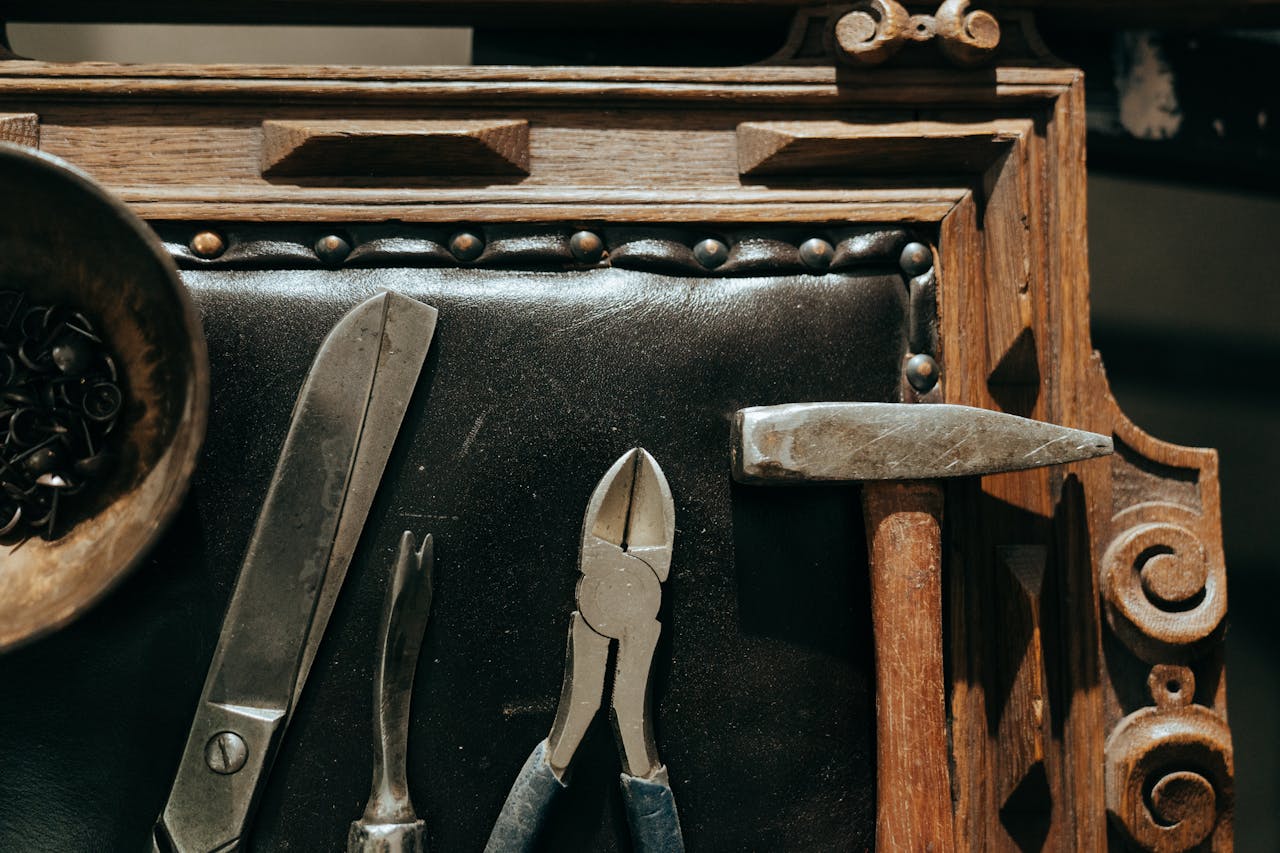
Old wood darkens beautifully, edges soften, and handles burnish under countless hands. History shows up as warmth and depth that paint cannot duplicate. A nick on a cherry rail reads as story, not flaw. Sun fading becomes a gradient that glows in afternoon light. Rooms gain rhythm from these textures, letting even spare layouts feel layered and human. The effect is presence without pretense and beauty earned over time. Even small variations in grain feel like fingerprints, guiding the eye and settling the mood.
Better Value Than Fast Furniture
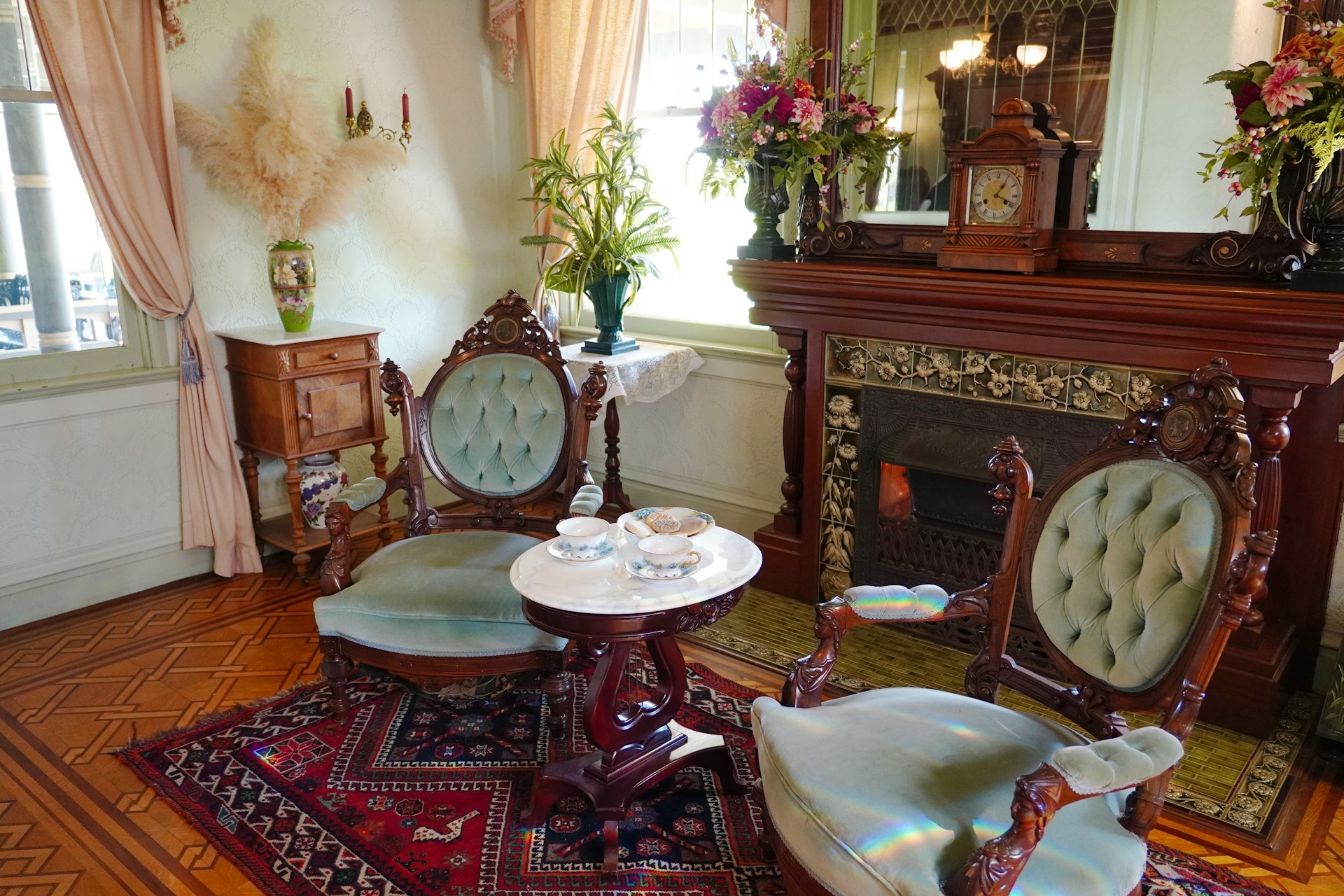
Sticker prices sometimes look similar, but lifespans are not. A mid century dresser can serve for generations, while a flat pack copy may sag in a few years. Because antiques hold resale value, the true cost of ownership often drops over time. Refinishing spreads expense across decades and unlocks new color or sheen. Even with delivery or minor repairs, the math favors quality and reduces the churn that drains budgets. Quality also resists trend fatigue, so rooms evolve around it rather than demanding constant replacement.
Durability And Repairability

Solid woods and traditional hardware invite maintenance instead of disposal. A wobbly chair gains new shims and glue, a cloudy finish gets stripped and sealed, a stuck drawer is planed and waxed. Components are accessible and standard enough that fixes are practical. Households learn simple routines that keep pieces steady through humidity swings. Over time, that care builds confidence, turning furniture into trusted tools of daily living. Instead of trash day, most problems meet a workbench and a patient afternoon.
Timeless Design, Easy To Mix
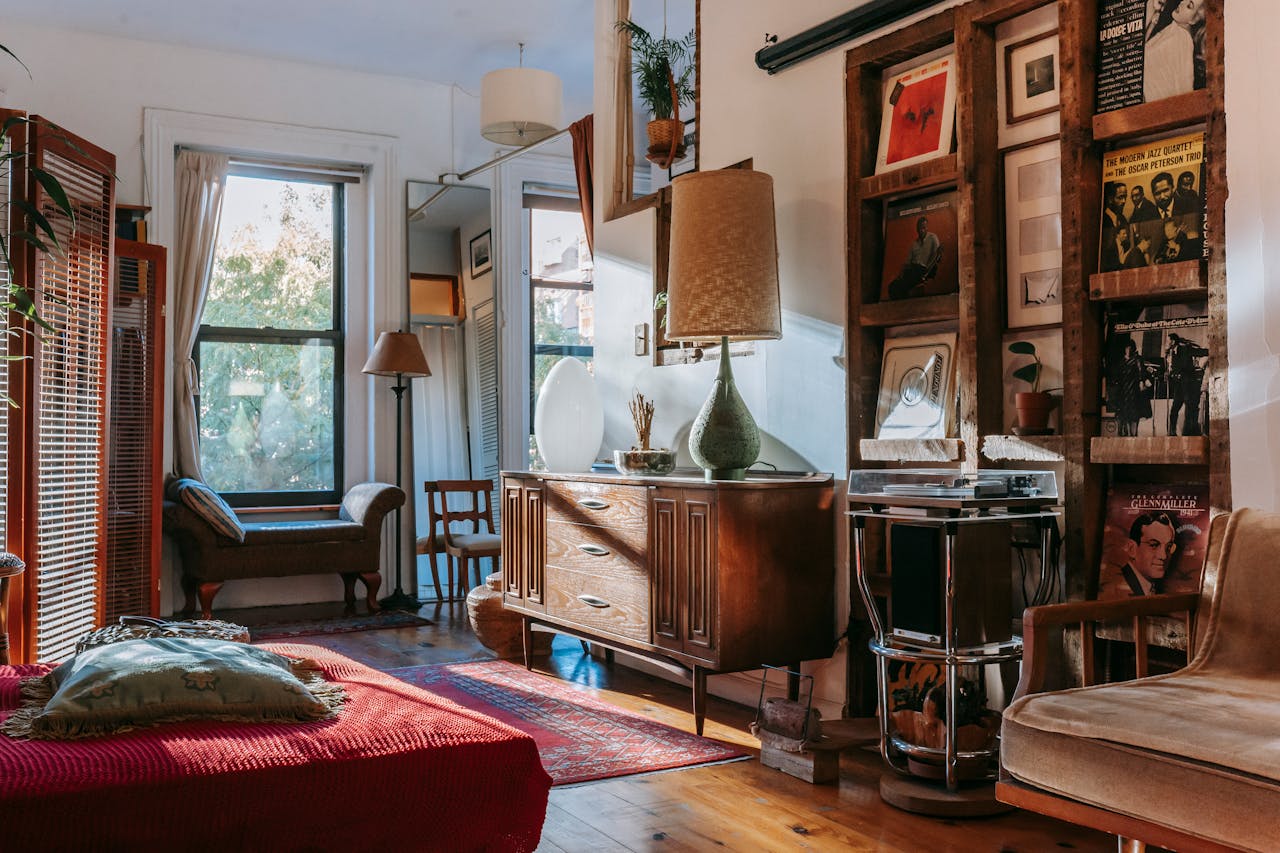
Good proportions outlast fashion. A Federal chest can anchor a modern living room, while a farmhouse table pairs cleanly with contemporary lighting. Contrast carries the tune: matte against gloss, carved against spare, warm wood against cool stone. Designers mix eras to keep rooms lively, not themed. Antiques supply gravitas, newer elements add lightness and play. The space reads as collected and personal rather than showroom fresh. That durability of form turns decorating into curating, with fewer missteps and less regret.
Investment With Real Resale
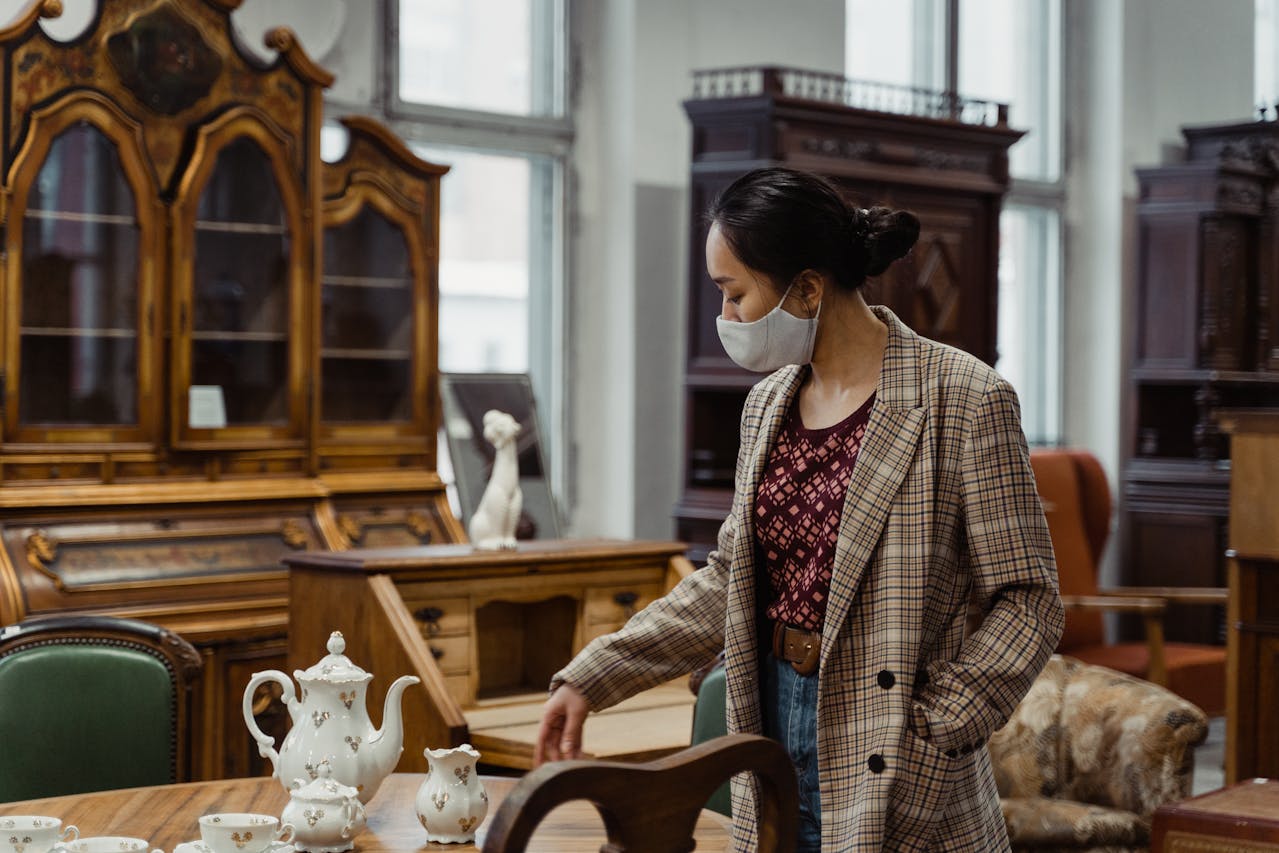
Unlike most new purchases, quality antiques can appreciate, especially when makers, provenance, or rare woods are involved. Even modest pieces tend to retain value if cared for. Auction results and dealer networks keep pricing relatively transparent, enabling measured decisions. Should a move or redesign shift needs, a well kept sideboard or chair pair can be resold without steep loss. Decor becomes a flexible asset instead of a sunk cost. Insurance riders and simple documentation protect value, reinforcing careful stewardship at home.
Supporting Local Trades
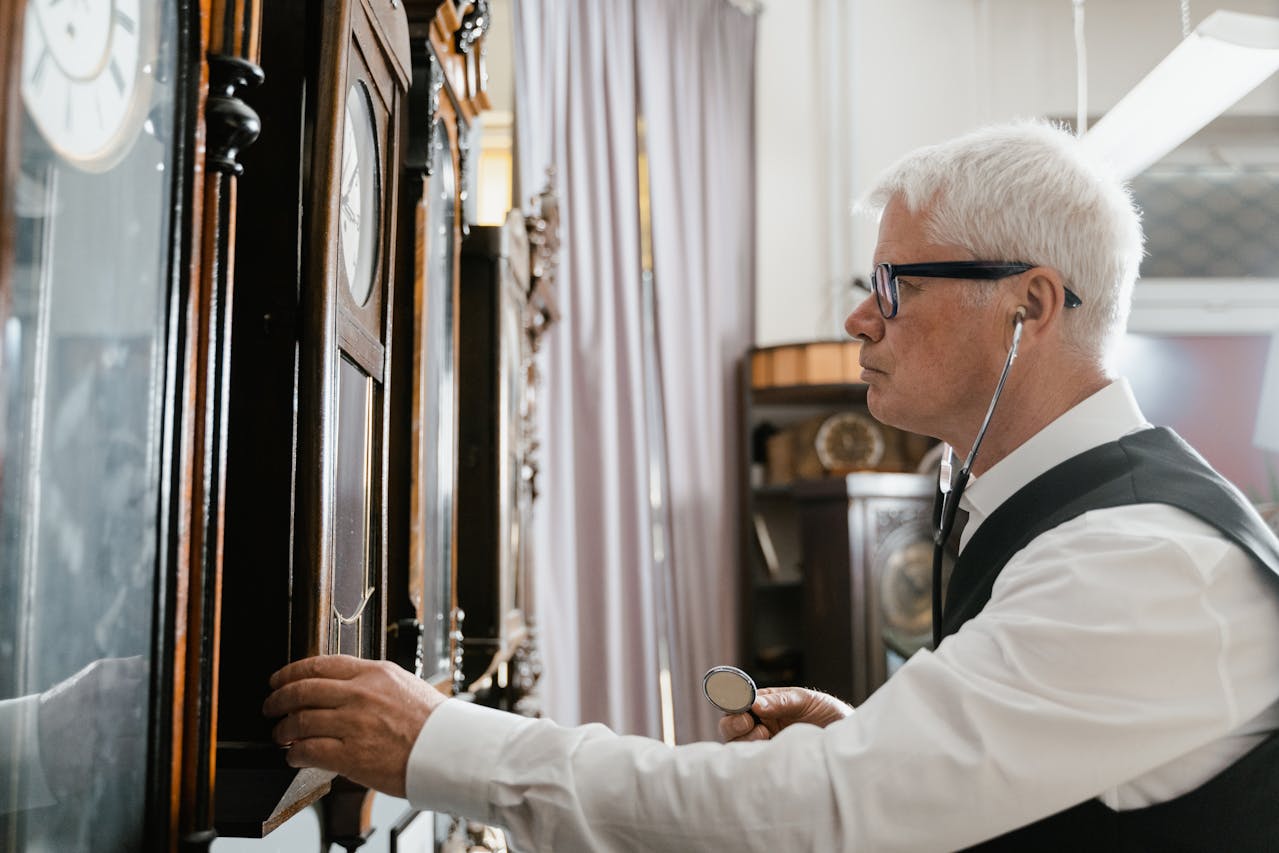
Antique shops, estate liquidators, upholsterers, and refinishers form a small business ecosystem that rewards patience and skill. Buying and repairing older pieces keeps money circulating nearby and crafts alive for the next generation. Clients meet makers, learn timelines, and participate in shaping their homes. The experience feels human and accountable, from fabric selection to final wax, and neighborhoods keep their character as storefronts stay busy.
Healthier Materials At Home
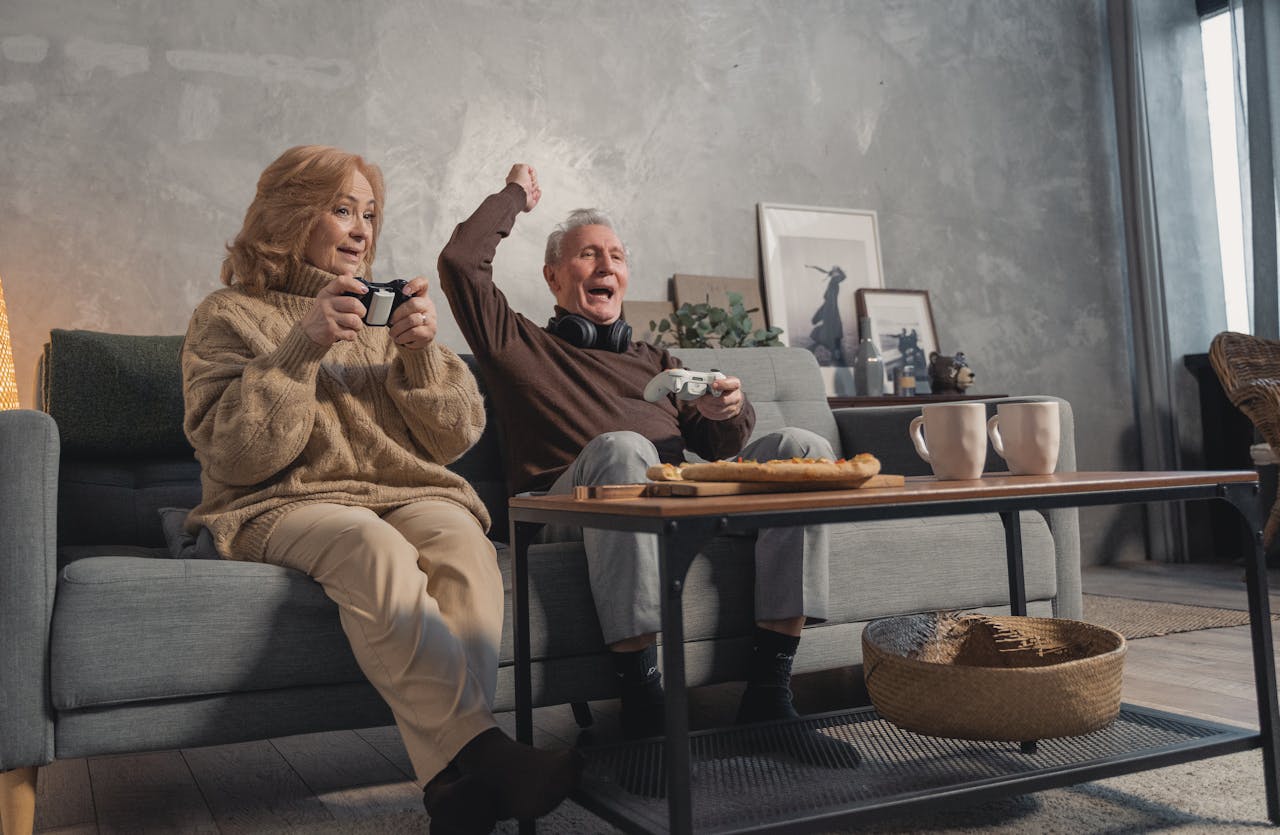
Many antiques use solid wood and natural glues whose off gassing ended long ago. That can mean fewer synthetic resins and less lingering odor indoors. When refinishing is needed, low VOC products and plant based oils keep air quality in focus. Fabrics for reupholstery can be chosen for durability and safety. The outcome is quieter and cleaner: fewer chemical surprises, more honest materials, and furniture that supports well being. For allergy sensitive households, that calmer material profile can make daily life noticeably easier.
Personal Stories, Not Just Styles

Antiques bring memory within daily reach. A cedar chest may hold quilts from one generation and board games for the next. A dining table gathers friends, then shows the faint ring of a winter candle as proof. These traces build narrative, turning rooms into biographies that grow with new paint, floors, and seasons. The warmth is cumulative, and the home feels more like a living archive than a set. Even scratches mellow into soft reminders that living well leaves marks worth keeping.


